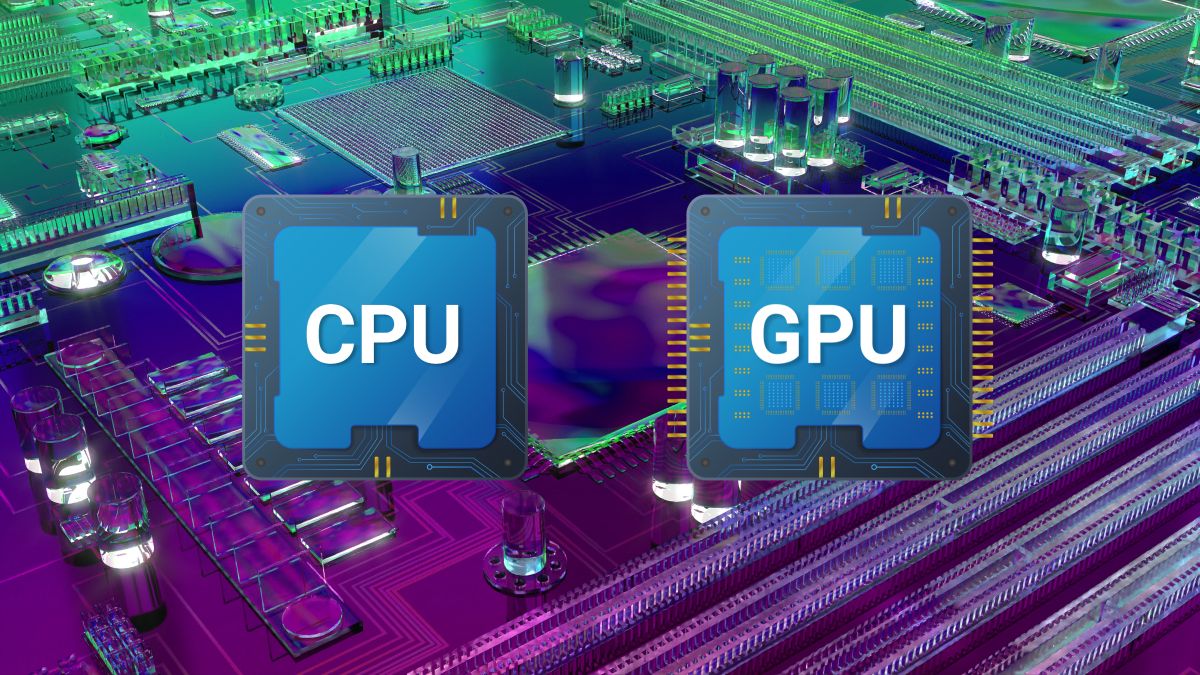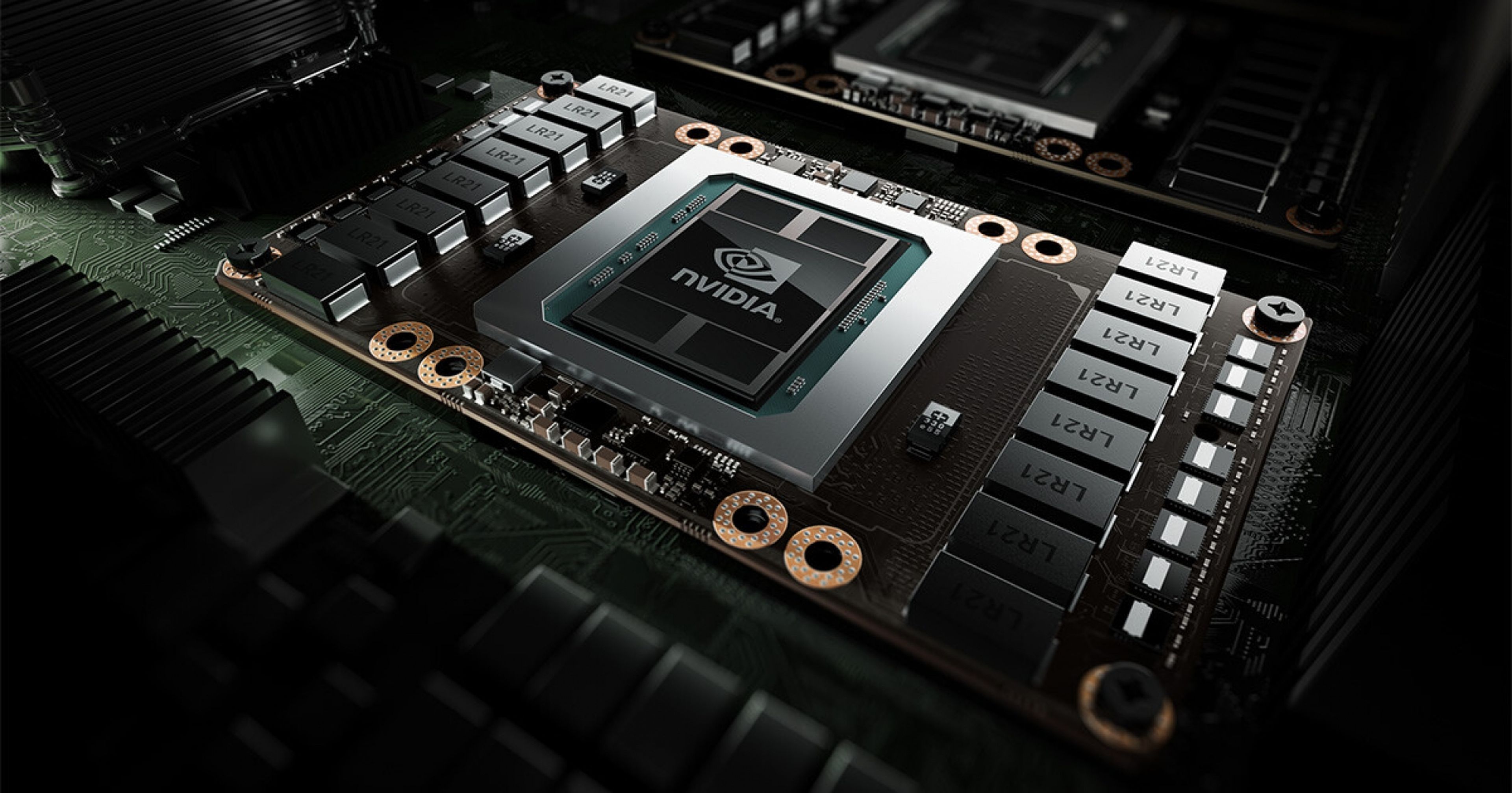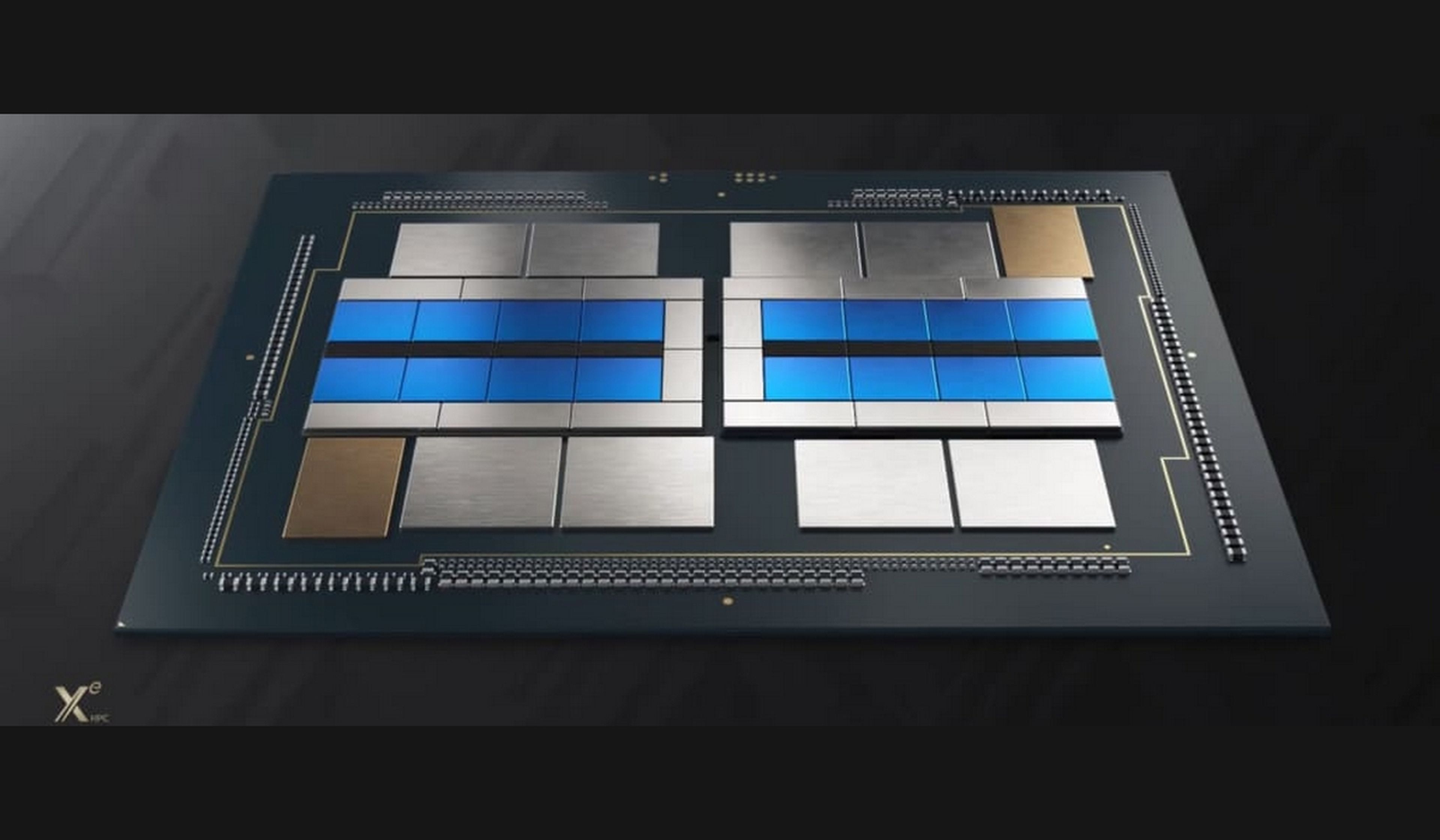Differences between CPU and GPU: what they are and what they are for

The CPU (Central Processing Unit) and the GPU (Graphic Processing Unit) are two vital pieces in the operation of computer systems.
Both processors are designed to execute and process a variety of instructionsand although they have different objectives, they work together to enhance the capacity of computers.
It is worth mentioning that the collaboration between the CPU and GPU is essential to offer greater processing power.
Although each has its specific function, the combination of both significantly increases the ability to execute complex, but above all demanding, tasks.
CPU
Getty Images
The CPU is the brain of your computer. It is responsible for executing the instructions of the software and controlling input and output devices.
This includes tasks such as opening programs, running applications, processing data and is also responsible for memory and storage management.
It offers high performance in various types of work, especially those that require low latency or high speed per core.
Its ability to process individual tasks quickly makes it ideal for activities ranging from sequential calculations to database management.
Notably some CPUs integrate the GPU on the same chip. A solution that reduces footprint, manufacturing costs and energy consumption, making it ideal for devices that require efficiency, such as laptops and tablets.
CPUs are used for a wide range of applicationsincluding the following:
- Text processing
- Spreadsheets
- Web navegation
- Photo editing
- Programming
- 2D games
GPU

The Graphics Processing Unit, or GPU, It is a type of processor that is responsible for graphics. Its main function is to perform many simultaneous calculations, such as those needed to create 3D images or edit video.
It is a faster component than the CPU for these tasks, but not as versatile for others. Originally designed for three-dimensional rendering, it has been transformed into a more versatile and adaptable chip.
It offers impressive performance for splittable tasks and serves a variety of applications, including gaming, deep learning, and AI.
GPUs are key to deep learning and artificial intelligencesince they allow complex data to be processed and algorithms adjusted more quickly.
GPUs are used for tasks that require a large number of calculations. in parallel, including:
- 3D games
- 3D image rendering
- Video Processing
- Deep learning
- AI
Differences between CPU and GPU
- Function: CPUs are responsible for executing software instructions and controlling input and output devices. GPUs are responsible for processing graphics.
- Characteristics: CPUs have few cores, but each of them is capable of performing complex and fast operations. GPUs, on the other hand, have many cores, but each of them is specialized in simple and repetitive operations.
- Applications: On the one hand, CPUs have high individual processing capacity, which makes them suitable for tasks that require a lot of power per core, such as programming. The GPU is suitable for simultaneous calculations, such as 3D gaming or video editing.
Which is the best option?

To choose the best option, you must take into account the type of tasks you are going to perform. Jobs that demand high single-core performance, such as programming, benefit from a powerful CPU.
Computation-intensive tasks, such as production, 3D rendering, artificial intelligence, require a truly powerful GPU to deliver the maximum experience.
However, you can also choose a hybrid CPU-GPU system, which combines the advantages of both components in the same processor. They are ideal for tasks that require both individual performance and more complex tasks. In addition, its cost is much lower, but the performance is not the most adequate.
Both components are essential that determine the functioning of computer systems.. Each one has different functions and characteristics that complement each other.
To choose the right hardware and optimize performance in different applications, it is important to understand these differences. In this way, you can take advantage of the advantages of each one according to your needs.
So, if you are a programmer, work with spreadsheets, and other programs that do not require advanced processing, but you want them to run quickly, the CPU and hybrid system is the most effective option.
On the other hand, if you are a content creator, software developer, edit video, are a gamer, or require advanced graphics power, the GPU is suitable for these cases.
Since this component is capable of offering massive performance when the work has to be divided into a processing task by many cores.
Current computers and market demands require different resources to face the different challenges that arise.
It is not enough to have a powerful CPU or GPU, but you need to combine both optimally. Each of these tools has its advantages and limitations, and only by making the most of them can you achieve better results.



